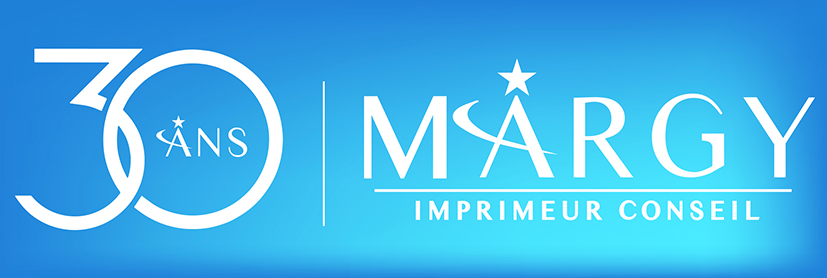At a time when competition is increasingly fierce in every sector, a company needs to be able to stand out from the crowd if it is to succeed. The image it conveys plays a major role in this quest, and building it successfully requires a total understanding of its customers’ expectations and needs. Known as HCD (or human-centred thinking), this new way of thinking puts the customer’s perception and desires at the heart of marketing communications.
But how do you achieve this, and what resources do you have available to help you? Here are some answers.
The customer is king! We all know this statement, but unfortunately not all companies take it seriously. In fact, 84% of companies admit that they have not yet fully integrated HCD (Human Centered Design) into their communication plan. And yet, how a company is perceived by the public is just as important as the quality of the products or services it sells, if not more so… It’s a fact that needs to be taken seriously, from the creation of the logo and slogan through to communication campaigns and future projects.
Visual identity: the first contact
In society, it only takes us a few seconds to judge a stranger, taking their appearance as the primary basis for judgement. The same goes for brands we don’t know. Your logo should be as easy to remember as possible, and include the name of your company. Its colour is also important, as each colour has a different meaning and impact on the customer’s subconscious. For example, a light green for an organic shop will remind customers of nature, and is therefore well thought out. On the other hand, it would not be very appropriate for a car sales company. As for your slogan, it should be concise and include a clear message or a metaphor indicating the advantage that your company has over its competitors.
Communication: putting the customer first
In addition to the logo and slogan, the way your company communicates defines the perception that consumers will have of your company, making it possible to win over new customers or win back the favour of old ones. To make the right choice, you need to target your customer base in order to define the most effective distribution channels. Don’t be afraid to be original when it comes to your marketing campaigns: making an impression tends to have more than positive repercussions. The most important thing is to make the customer or potential customer a direct participant in your campaigns, so as to win their loyalty.
Branding: the final stage
By establishing a brand’s name as an indisputable benchmark in its sector, branding is the ultimate gain from excellent communication. Kleenex is a typical example of successful branding, the brand having become part of the common vocabulary because of the impact it has had on people’s minds. To succeed in this gamble these days, it is once again essential to put your customers at the centre of your communication. Involving them by organising street marketing operations (tastings, free samples or even street events) is beneficial. Finally, asking them about changes or new features that you can work on to satisfy them is also a powerful loyalty-building tool that will have a lasting impact on participants’ memories, while offering you a greatly reduced margin of failure for your future actions.
Other articles :
- Enhancing a company’s image through its visual identity
- Sign logos: a preview of the shop window
 01 44 52 02 02
01 44 52 02 02
